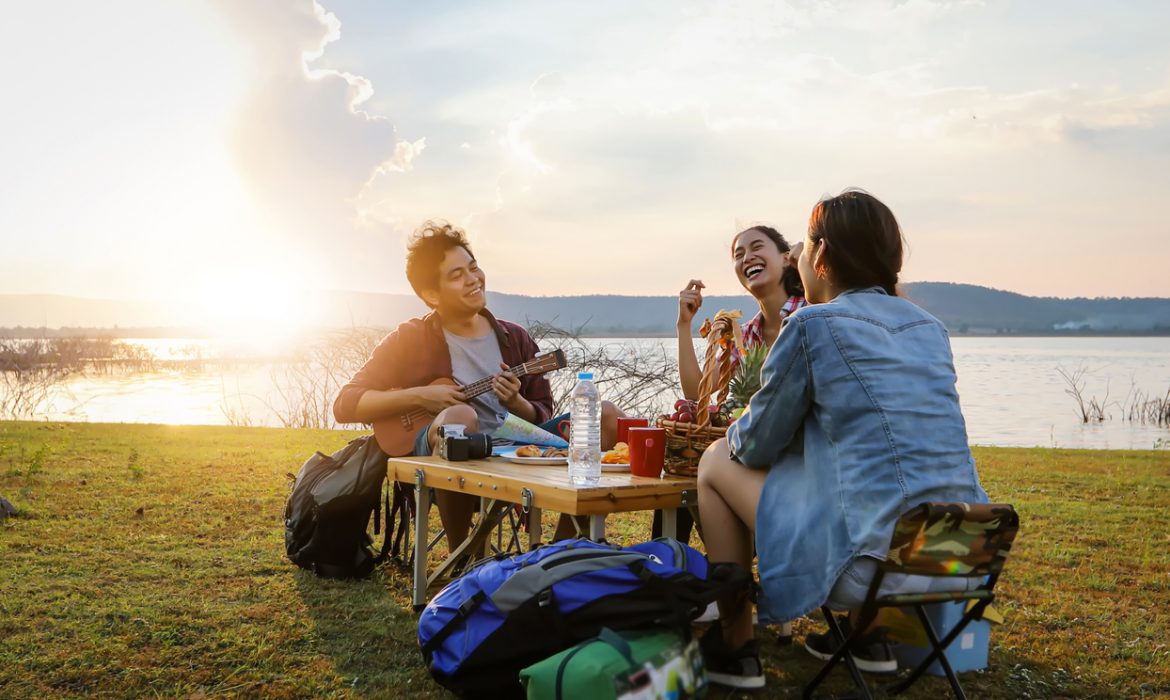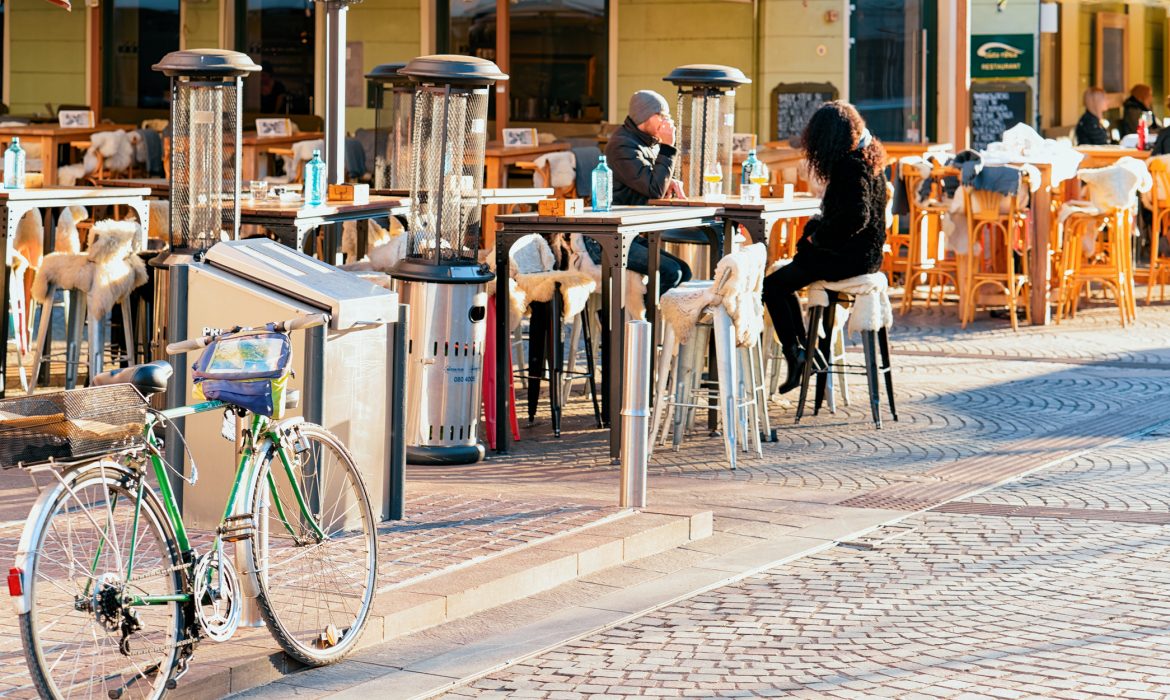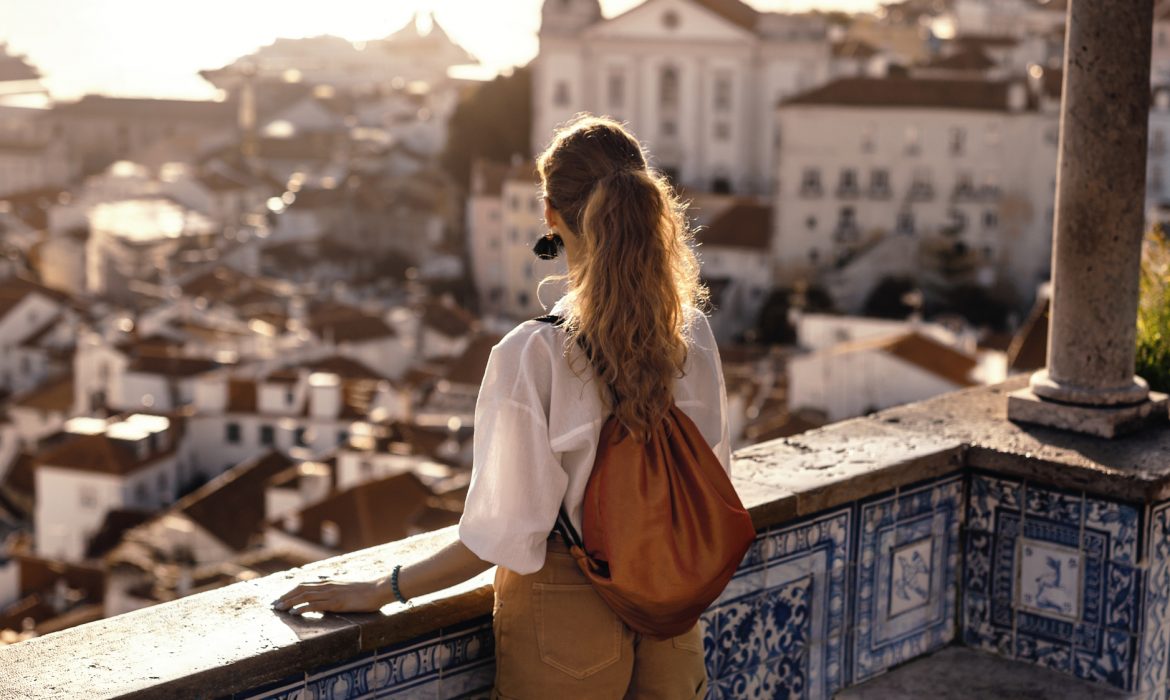A global movement has begun. A movement that invites you to enjoy experiences slowly and immerse yourself in local life. Say hello to Slow Travel.
In case this means nothing to you, we’ll tell you a bit more about it. This travel movement emerged in recent years to reject the idea of “rush” travel with strict itineraries and no other objective than to mark places on a list.
Sound familiar? Many of these trips are organised by travel agencies that promote tours and trips that attempt to squeeze in as many sights as possible, pull up for a photo opportunity and then move on to the next stop. Slow travel is just the opposite. It’s about a connection to local people and culture.

The slow concept began in Italy at the end of the 1980s as a reaction to the fast-food chains that were gradually taking over the country. This led to the creation of the slow food movement, which wants us to go back to the roots of traditional and local cuisine, waiting, after-dinner conversation and enjoying food and time once again.
Slow food is savouring food and life at the same time. This is how the concept moved on to travel, with work and family obligations and very little free time, people were visiting four different countries in six days, leaving them with thousands of photos but very few real experiences.
This kind of travel typically leads to post-holiday fatigue and people needing a day or two to recover when they get back home before returning to work. The basic idea behind slow travel is to soak up the culture, live for the moment, improvise and discover new places at every turn.

Try out new experiences, travel on local transport (avoiding the cost of taking two or three flights once you start your tour), or rent a car, so you visit places off the tourist trail, have more experiences, make friends with the locals and learn about the traditions and customs in the area. This is what slow travel is all about.
It’s always better to know two cities and how the locals live than to visit five countries and only see their historical monuments, even if time isn’t on your side. And remember, immersing yourself in less touristic places challenges you to leave your comfort zone, and at the end of the day, feel at home anywhere.






